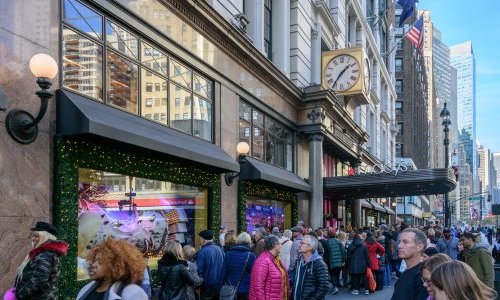According to new Mintel research [1], more than half (52%) of US men use facial skincare products, a 68% increase from 2022 (31%). Facial skincare is especially popular among Gen Z men (ages 18-27 in 2024), of which 68% use facial skincare, compared to 42% in 2022, showcasing a significant opportunity for brands to focus on these increasingly engaged demographics!
More premium products
Not only are more men using skincare products, but they are also investing in higher-end products, Mintel found.
Over two-fifths (42%) of men ages 18-34 purchase premium facial moisturizers over mass-market brands, while 33% of Gen Z men who use facial skincare products at home have traded up to more premium products.
Additionally, over a third (35%) of men ages 18-34 purchase premium hand and body lotions, compared to just one-fifth (21%) of all male consumers.
Clean ingredients
In addition with their preference for premium products, Mintel also highlighted that men are increasingly aware of the quality of the ingredients they apply on their skin.
Actually, nearly half (46%) of men ages 18-34 say clean ingredients are a key factor when making buying decisions. Three-fifths (60%) of those who previously purchased clean personal care products say they’ve stopped using a product in the past year due to an ingredient safety concern.
“Over the last two years, we have seen a significant increase in facial skincare usage among men, especially younger men. Our research shows a growing market for male skincare products as younger men are willing to invest in higher-end products, specifically those touting clean ingredients. To effectively engage this audience, beauty and personal care (BPC) brands must lean into the clean beauty space by underscoring their dedication to safe, non-toxic ingredients. By prioritizing thoughtful inclusions—and exclusions—brands can cultivate consumer trust, build brand loyalty, and encourage use across BPC sub-categories,” said Carson Kitzmiller, Senior Analyst, Beauty and Personal Care, Mintel.
Mintel forecasts the men’s grooming market to surpass USD 6 billon in 2024 after significant growth since 2020. At the heart of this transformation is a redefined concept of masculinity, with innovative brands leading the charge in developing strategies designed to resonate with contemporary men, in particular the younger cohort.
"The category is rooted in hygienic use, but younger men are embracing a new era of expanded product use, modern masculinity and using BPC as an expression of self," added Kitzmiller.





























